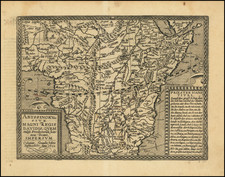Map to illustrate Dr, Livingstone's Route across Africa, produced by John Arrowsmith in 1857, provides a detailed visualization of Dr. David Livingstone's path based on concrete data such as astronomical observations, bearings, estimated distances, and sketches. Highlighted in red, Dr. Livingstone's route stands out prominently. Additionally, the use of discontinuous lines to depict rivers and lake outlines, as well as hairline letters for certain names, signifies the geographical information that Dr. Livingstone obtained through discussions with local inhabitants during his African travels.
By 1857, Dr. David Livingstone had already established himself as a formidable explorer of the African interior. Initiating his expeditions in 1841, he initially set forth as a missionary but quickly became engrossed in exploration. His most notable journey during this period began in 1854, when he commenced his ambitious trek across the width of southern Africa. Starting from Linyanti, near the modern-day Namibia-Zambia border, he traveled eastward, ultimately reaching the Mozambican coast at Quelimane in 1856. Throughout this transcontinental journey, Livingstone meticulously documented geographical features, notably "discovering" the Mosi-oa-Tunya waterfall which he named Victoria Falls. His rigorous documentation and interactions with local communities made significant contributions to European knowledge about African geography and cultures.
The map's publication for the Journal of the Royal Geographical Society by J. Murray underscores its significance to the scholarly and exploratory communities of the time, as they sought to understand and document the vast complexities of the African continent.
The Arrowsmiths were a cartographic dynasty which operated from the late-eighteenth century to the mid-nineteenth. The family business was founded by Aaron Arrowsmith (1750-1823), who was renowned for carefully prepared and meticulously updated maps, globes, and charts. He created many maps that covered multiple sheets and which were massive in total size. His spare yet exacting style was recognized around the world and mapmakers from other countries, especially the young country of the United States, sought his maps and charts as exemplars for their own work.
Aaron Arrowsmith was born in County Durham in 1750. He came to London for work around 1770, where he found employment as a surveyor for the city’s mapmakers. By 1790, he had set up his own shop which specialized in general charts. Arrowsmith had five premises in his career, most of which were located on or near Soho Square, a neighborhood the led him to rub shoulders with the likes of Joseph Banks, the naturalist, and Matthew Flinders, the hydrographer.
Through his business ties and employment at the Hydrographic Office, Arrowsmith made other important relationships with Alexander Dalrymple, the Hudson’s Bay Company, and others entities. In 1810 he became Hydrographer to the Prince of Wales and, in 1820, Hydrographer to the King.
Aaron Arrowsmith died in 1823, whereby the business and title of Hydrographer to the King passed to his sons, Aaron and Samuel, and, later, his nephew, John. Aaron Jr. (1802-1854) was a founder member of the Royal Geographical Society (RGS) and left the family business in 1832; instead, he enrolled at Oxford to study to become a minister. Samuel (1805-1839) joined Aaron as a partner in the business and they traded together until Aaron left for the ministry. Samuel died at age 34 in 1839; his brother presided over his funeral. The remaining stock and copper plates were bought at auction by John Arrowsmith, their cousin.
John (1790-1873) operated his own independent business after his uncle, Aaron Arrowsmith Sr., died. After 1839, John moved into the Soho premises of his uncle and cousins. John enjoyed considerable recognition in the geography and exploration community. Like Aaron Jr., John was a founder member of the RGS and would serve as its unofficial cartographer for 43 years. Several geographical features in Australia and Canada are named after him. He carried the title Hydrographer to Queen Victoria. He died in 1873 and the majority of his stock was eventually bought by Edward Stanford, who co-founded Stanford’s map shop, which is still open in Covent Garden, London today.









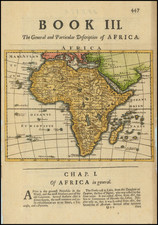
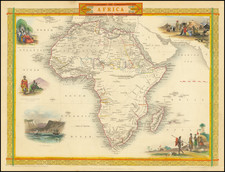
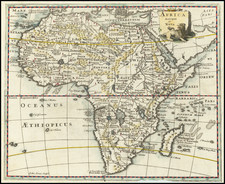
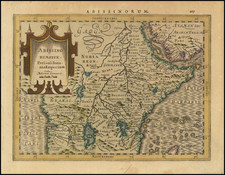
![[Africa] (2 maps - Ancient & Modern)](https://storage.googleapis.com/raremaps/img/small/70579.jpg)
